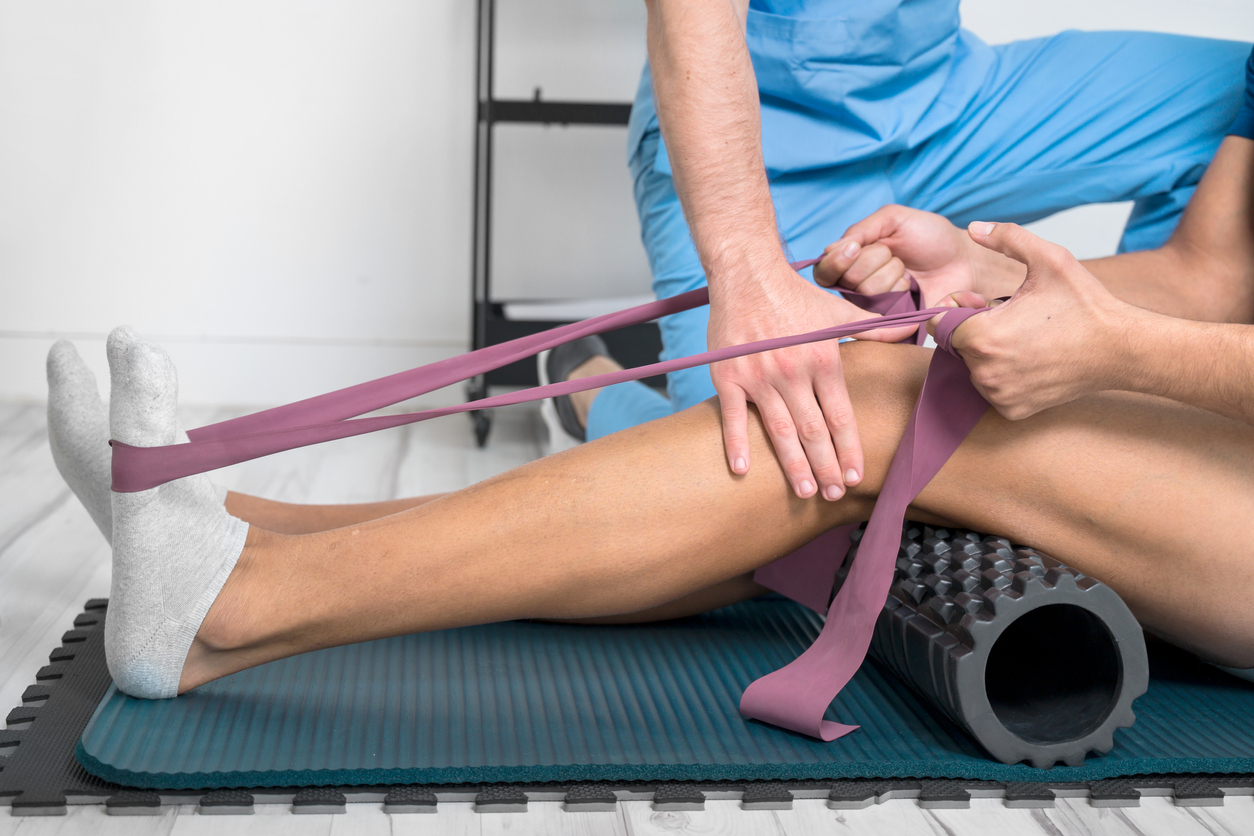Treatments
When to Choose Physical Therapy for Pain Management

What is physical therapy?
The main goals of physical therapy (PT) are to provide pain management, improve mobility, maximize functionality, implement injury recovery, and prevent future damage. A physical therapist evaluates the person and condition to treat illnesses and injuries related to the musculoskeletal (bones and muscles), neurological (brain), cardiopulmonary (heart and lungs) and integumentary (skin) systems.
Benefits of physical therapy
Physical therapy may be beneficial if pain prevents the completion of daily activities, such as maneuvering stairs, lifting or carrying objects, or tasks required for daily life, work, hobbies, etc. It can improve or restore functionality through exercises to strengthen the muscles, stretches to increase flexibility, manual therapy to boost range of motion, activity modifications, or other treatment plans. At-home exercise instructions can also be developed. In addition, a physical therapist may also help an individual acquire and learn to properly use assistive devices, such as wheelchairs, artificial limbs, canes, walkers, etc. A medical professional can help determine if physical therapy is a good treatment option.
When to consider physical therapy
Many people with a chronic pain condition tend to avoid movement due to the pain. This can result in loss of muscle strength. Physical therapy helps with moving carefully and meaningfully. Participating in physical activity can increase flexibility, joint stability, endurance, and muscle tone. It also helps combat stiffness, inflammation and soreness, while simultaneously fostering the production of natural pain-relieving chemicals (endorphins) in the body.
Physical therapy may offer pain management for various conditions. They include, but are not limited to, the following:
- Cystic fibrosis
- Cerebral Palsy
- Muscular Dystrophy
- Multiple Sclerosis
- Osteoarthritis (OA)
- Parkinson’s disease
- Rheumatoid arthritis (RA)
- Temporomandibular joint disorder
- Spinal cord injury
- Rotator cuff injury
- Back pain
- Carpal tunnel syndrome


















